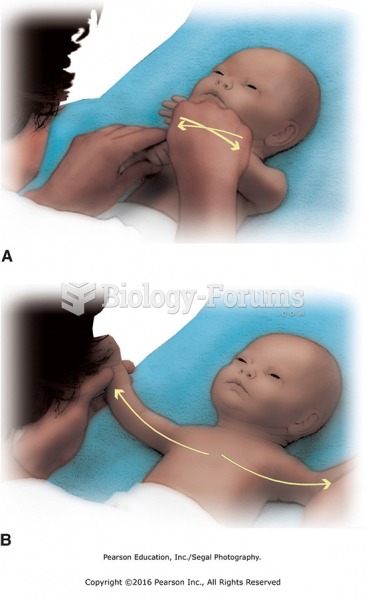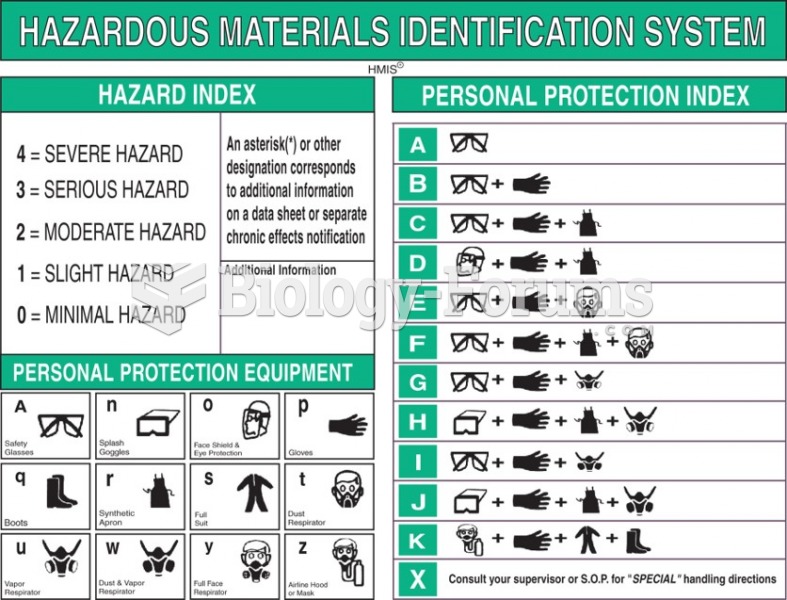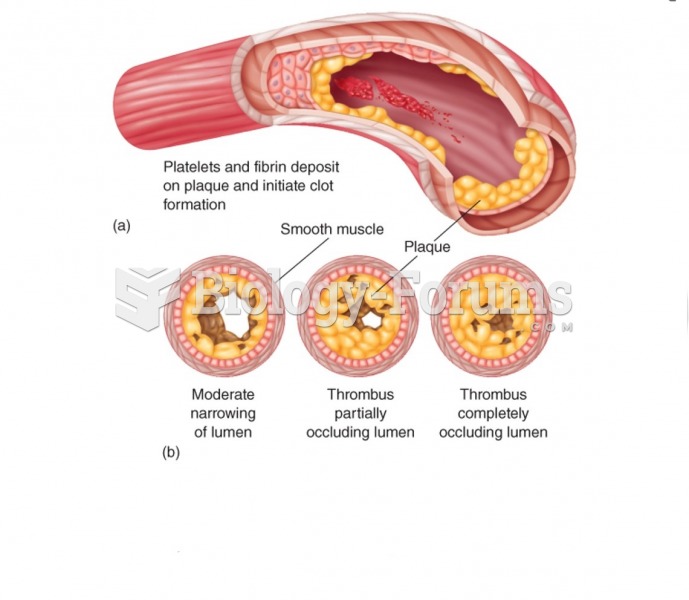|
|
|
More than 30% of American adults, and about 12% of children utilize health care approaches that were developed outside of conventional medicine.
The effects of organophosphate poisoning are referred to by using the abbreviations “SLUD” or “SLUDGE,” It stands for: salivation, lacrimation, urination, defecation, GI upset, and emesis.
The newest statin drug, rosuvastatin, has been called a superstatin because it appears to reduce LDL cholesterol to a greater degree than the other approved statin drugs.
People often find it difficult to accept the idea that bacteria can be beneficial and improve health. Lactic acid bacteria are good, and when eaten, these bacteria improve health and increase longevity. These bacteria included in foods such as yogurt.
Bacteria have been found alive in a lake buried one half mile under ice in Antarctica.
 Adjusting a valve takes both hands—one to hold the wrench to loosen and tighten the lock nut and ...
Adjusting a valve takes both hands—one to hold the wrench to loosen and tighten the lock nut and ...
 An angiogram that illustrates narrowing of the carotid artery (see arrow), the main pathway of blood ...
An angiogram that illustrates narrowing of the carotid artery (see arrow), the main pathway of blood ...





